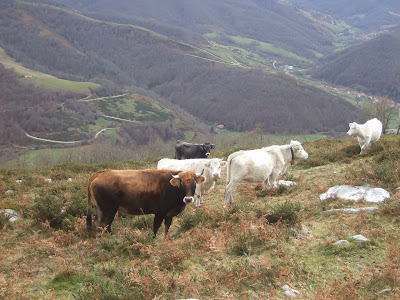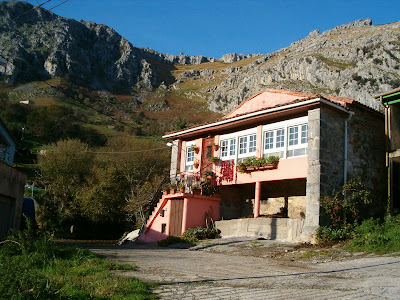¡Felices Fiestas! ¡Que cojamos fuerzas para aguantar lo que nos viene encima...! Por lo menos hay pequeños placeres en la vida que la banca y sus acólitos no nos pueden quitar - como andar por el campo y disfrutar de las cosas que regala a nuestros sentidos.

Enjoy the holidays and brace yourselves for a none-too-rosy-looking future! At least the bankers and their acolytes can't take away from us those little pleasures in life, like rambling in the country and enjoying the sights and sounds in store for us there.

















































